Owning a car, you will undoubtedly understand the importance of coolant in the car. Whether you forgot to add coolant or accidentally added too much to the overflow tank, your engine is bound not to be able to operate at its optimum temperature.
So, How much coolant should be in the overflow tank? To never have a problem with an overflow tank, you should not miss any information in this article.
Amount Of Coolant Required In Overflow Tank
Before learning about the amount of water required in the overflow tank, you need to understand the cooling water tank briefly.
The role of the overflow tank
The energy to keep your bowl running comes from the engine’s fuel combustion. To optimize engine performance, you can refer to how to bypass reduced engine power.
Returning to the article, combustion naturally generates heat. Too much heat will cause harmful effects on cylinders and engines.
The radiator appears, which helps to cool the engine. The principle of operation of the radiator is based on: High temperature brings tremendous pressure, acting on the spring in the radiator cap. The coolant drains straight into the reservoir, cooling the engine.
The overflow reservoir is where the coolant is stored, ready for use if the engine needs it.
The Standard amount of coolant
The amount of coolant in the reservoir needs to be at least 30% of the tank capacity.
Usually, the tank will have an interval scale that makes it easy to monitor the amount of water in the F measurement for total water and L for low water. Better yet, it would help if you kept the coolant level in the middle.
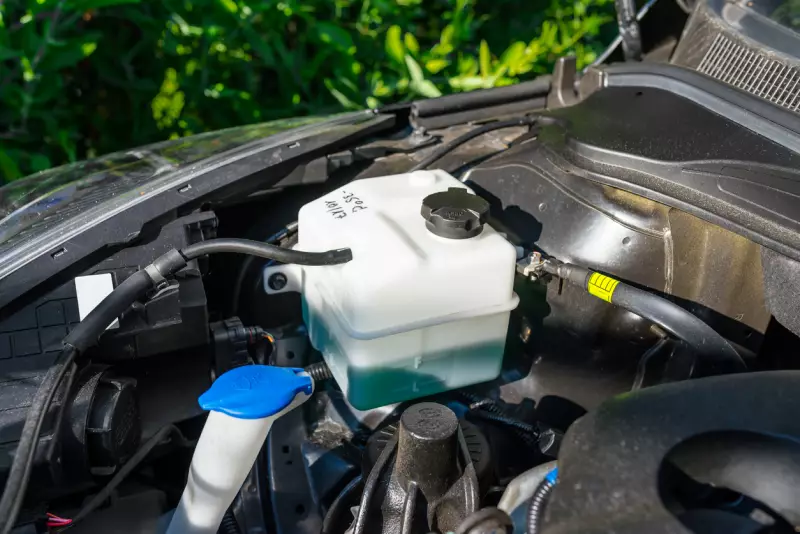
Mistakes When Adding Coolant To The Overflow Tank
To keep the coolant in the tank always at least 30%, you need to check and replenish regularly.
However, not always filling the overflow tank will make your engine work better. Because most likely, you have made one of the following errors:
Leakage of coolant
There are many reasons why coolant leaks, making you feel like no matter how much extra is not enough.
Firstly, due to the poor radiator cap. When the radiator cap cannot be extended as needed or is always open, the coolant will not be delivered to the engine to cool it down.
Second, due to a problem with the cooling fan. If the radiator fan fails, your engine will always be hot, and the coolant must work at total capacity to absorb the excess heat.
Third, due to a pipe leak in the engine. This cause is difficult to diagnose unless you can pinpoint exactly where the coolant is draining.
Add coolant when the engine is hot
The coolant is responsible for cooling down the engine. But it would be a mistake to add coolant while the engine is hot.
Because the pressure created by the high temperature can force the coolant out of the container. This thrust can cause burns and even death if you are accidentally near radiators and tanks.
The amount of coolant added is too much or too little
When the overflow tank is empty, the air is drawn into the radiator. Meanwhile, if the amount of coolant is too much, your car’s engine will not be in the best condition.
Always remember, a strong engine always needs an overflow tank with enough coolant.
FAQs
You are not alone with questions regarding the amount of coolant that should be in the overflow tank. There are many people with similar questions, and here are a few of the most frequently asked. Indeed the information in this section will be of great help to you:
Should the overflow tank be empty?
It would help if you did not leave the overflow tank empty. Your engine will suffer horribly from a lack of coolant. Therefore, you should not drive long distances with an empty overflow tank and a cooling system that cannot function properly.
Better yet, you should regularly check the condition of the overflow tank and promptly add coolant. Along with that, you should also pay attention to the maintenance and repair of the radiator.
Can I mix coolants together?
Using a combination of more than one type of coolant is never a good idea.
Different coolants are formulated to suit different engine types. And if you’re not sure what other coolants form when combined, don’t test the mixture with your car at all.
All you need to do is choose the proper coolant for your car. There is a wealth of information from many sources to help you complete this step. Next, make sure you add coolant to the reservoir according to the product’s instructions.
When do I need to check the coolant level in the tank?
The answer depends on the distance traveled by car, how often you use it.
Usually, the cooling system will work at total capacity to cool down the car engine after a distance of about 64,400 to 160,000 km.
But if your vehicle has a coolant leak problem or has had similar issues before, you need to check your coolant level regularly. Especially if the weather is too hot or you have long road trips, adding extra coolant is advisable.
When checking, you should pay attention to the timing. Do not rush to check the tank while the engine is hot. You may have to wait 2-3 hours for the engine to cool down. However, waiting is necessary to avoid burns from coolants or radiators.
Conclusion
With all the information in the article, you will indeed have the answer to how much coolant should be in the overflow tank.
But what the article wants to bring to you is not only that.
Hopefully, you always pour the right amount of coolant and the right amount of coolant needed for the radiator to work correctly. With that, you will certainly never have trouble with the engine overheating and possibly exploding at any time.

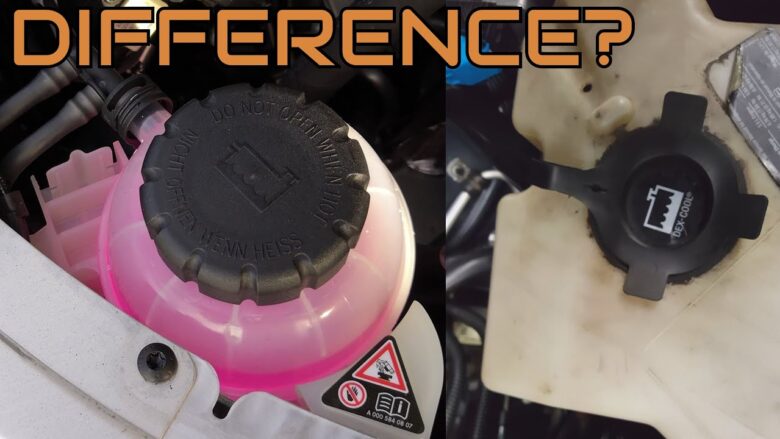
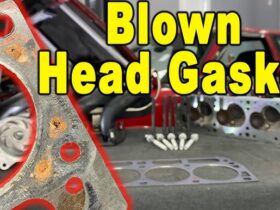
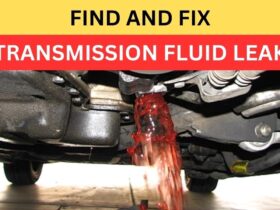
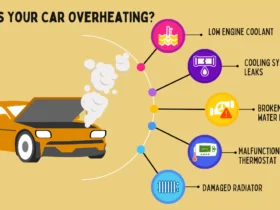
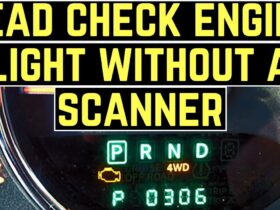
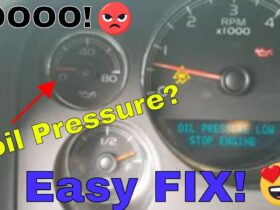
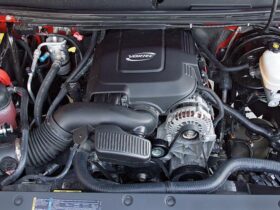
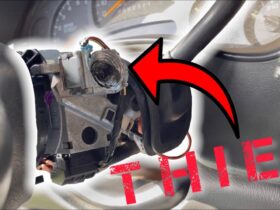


Leave a Reply